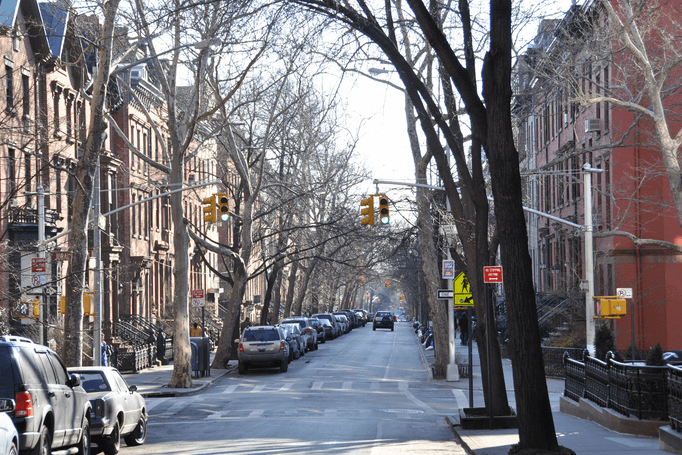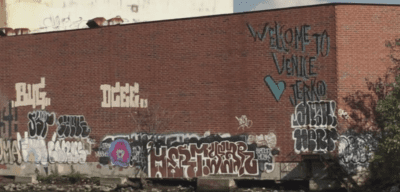Brooklyn’s Not Doing So Hot With the Whole Affordable Housing Thing
De Blasio may have won a symbolic victory recently with the addition of a bit more affordable housing to the plans for the Domino Sugar Factory development, but according to at least one new report (and, y’know, any kind of clear-eyed look at our borough’s real estate situation), we’ve got a long, long way to go here.
The Real Affordability For All campaign released data earlier this week indicating that of the 61 buildings that went up in Brooklyn between 2008 and 2012 (which received a collective $158 million in tax breaks), only five actually included any kind of “below-market-rate apartments,” and just six percent of the 4,395 new units in the borough could be considered affordable for lower-moderate-income households.
As such, they’re recommending that 50 percent of new residential developments go for market rate, and the other 50 be geared toward low-income households. The Met Council on Housing’s executive director told the paper, “We know that the city is going to use subsidies to entice developers to build more, but if we’re going to do that, we need to produce maximum affordability in our units.” A representative from the Real Estate Board of New York ceded the need for further affordable housing, but called the proposed ratios untenable, saying that “changes to policy should not be based on flawed studies like this.”
Meanwhile, the study indicated that as affordability dropped, so has diversity, with notably fewer black and Hispanic residents in neighborhoods like Fort Greene. Seems pretty unlikely we’ll ever get to a point where every new development sets aside half of its apartments for low-income housing, but the point here is a clear one: when it comes to recent housing, “perfunctory” is too generous a term. Somehow, we have to do better.
Follow Virginia K. Smith on Twitter @vksmith.
You might also like 




















